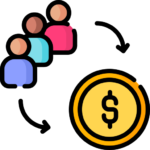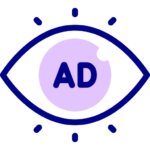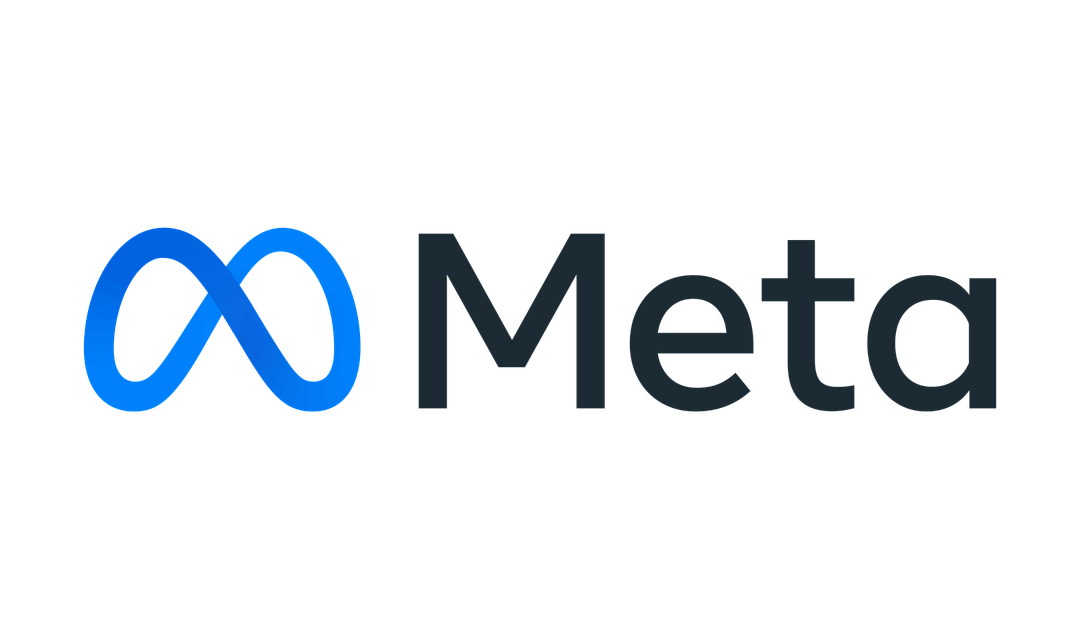Running an ad campaign on Meta (formerly Facebook) can be a game-changer for your business, but how do you measure success? By focusing on the right Meta Ads Key Performance Indicators (KPIs), you can track your progress, optimize your strategy, and achieve better results. In this post, we’ll explore the top 10 Key Performance Indicators that you should be monitoring to ensure your Meta ad campaigns are as effective as possible.
Contents
1. Click-Through Rate (CTR)

Click-Through Rate (CTR) is the percentage of people who click on your ad once they see it. A higher CTR is an indication of attractive and relavant ad creative with the right targetting. It’s a crucial metric because it shows how well your ad is capturing attention and encouraging users to take action.
Example: If your ad is shown 1,000 times and receives 50 clicks, your CTR is 5%. This means that 5% of those who saw your ad found it compelling enough to click on it.
To improve your CTR, focus on creating eye-catching visuals and crafting compelling ad copy. A/B testing is the best to find out which creative works the best.
Conversion Rate tracks the percentage of users who take a desired action after clicking on your ad, such as making a purchase or signing up for a newsletter. This Meta Ads Key Performance Indicator is vital for measuring the effectiveness of your ad in driving actual business outcomes.
Tip: Use clear and compelling calls-to-action (CTAs) to improve your conversion rates. Ensure that your landing page is optimized for conversions, with a straightforward user experience and minimal distractions.
For instance, if you run an e-commerce store and your ad promotes a specific product, your conversion rate will tell you how many of the users who clicked on your ad actually completed a purchase. A high conversion rate indicates that your ad and landing page are well-aligned and persuasive.
2. Conversion Rate

Conversion Rate tracks the percentage of users who take a desired action after clicking on your ad, such as making a purchase or signing up for a newsletter. This KPI is vital for measuring the effectiveness of your ad in driving actual business outcomes.
Tip: Use clear and compelling calls-to-action (CTAs) to improve your conversion rates. Ensure that your landing page is optimized for conversions, with a straightforward user experience and minimal distractions.
For instance, if you run an e-commerce store and your ad promotes a specific product, your conversion rate will tell you how many of the users who clicked on your ad actually completed a purchase. A high conversion rate indicates that your ad and landing page are well-aligned and persuasive.
3. Cost Per Click (CPC)

Cost Per Click (CPC) is the price the ad publisher has to pay for every click on their ad. Monitoring this Meta Ads Key Performance Indicator helps you manage your budget and ensure you’re getting value for your spend. A lower CPC means you’re paying less for each click, which can be a sign of a well-targeted and high-quality ad.
Insight: Lower CPC can indicate a well-targeted and high-quality ad. However, it’s important to balance CPC with other metrics like CTR and conversion rate to ensure you’re not sacrificing quality for cost.
To reduce your CPC, refine your targeting to reach the most relevant audience and continually optimize your ad creatives. Meta’s ad platform allows for granular targeting options, so take advantage of these to ensure your ads are shown to users who are most likely to be interested in your offerings.
4. Cost Per Conversion

Cost Per Conversion is the aquisition cost of a customer that has converted. This Meta Ads Key Performance Indicator helps you determine the profitability of your campaigns by showing you how much you’re spending to achieve your desired actions.
Strategy: Optimize your ads and landing pages to reduce cost per conversion. This might involve refining your audience targeting, improving your ad creatives, or enhancing the user experience on your landing pages.
For example, if you’re running a lead generation campaign, your cost per conversion will tell you how much you’re paying for each lead. By analyzing this metric, you can identify opportunities to improve your campaign’s efficiency and reduce costs.
5. Return on Ad Spend (ROAS)

Return on Ad Spend (ROAS) calculates the payback from every dollar spent on an ad . This Meta Ads Key Performace Indicator is a critical metric for assessing the effectiveness of your ad spend and understanding the financial return on your advertising investment.
Formula: ROAS = (Revenue from Ads / Investment on Ads) x 100
A high ROAS is an indication that the ad campaigns are efficient and are converting very well and the output is greater than the cost incurred to run the same. To improve your ROAS, focus on targeting high-value customers, optimizing your ad creatives, and continually testing and refining your campaigns.
6. Impressions

Impressions mean how many times a particular ad has been shown to a potential user. This metric helps you understand the reach of your campaign and how many times your ad has been displayed to users.
Note: High impressions with low engagement might indicate the need for better targeting or more compelling ad creatives. While impressions are important for brand awareness, they need to be paired with engagement metrics to provide a full picture of your ad’s performance.
To make the most of your impressions, ensure your ad is visually appealing and relevant to your target audience. Monitoring and optimising this Key Performance Indicator can help increase engagement and improve the overall effectiveness of your campaign.
7. Reach

Reach is similar to impression however reach is the number of unique users who have seen the ad. It’s crucial for measuring how widely your message is being received and ensuring that your ad is reaching new potential customers.
Tip: Combine reach with engagement metrics to gauge the overall impact of your campaign. A high reach with strong engagement indicates that your ad is resonating with a broad audience.
Increasing your reach can help you expand your brand’s visibility and attract new customers. However, it’s important to balance reach with other Meta Ads Key Performance Indicators to ensure you’re not just reaching a large audience but also engaging them effectively.
8. Frequency

Frequency as a Meta Ads Key Performance Indicator,measures how often the same person sees your ad. While it’s important for your audience to see your ad multiple times to increase recognition and recall, too high a frequency can lead to ad fatigue, where users become tired of seeing your ad and start ignoring it.
Optimal Range: Aim for a frequency of 1.5 to 3 to balance exposure and engagement. Monitoring this metric can help you adjust your campaign to maintain optimal frequency and prevent diminishing returns.
To manage frequency effectively, rotate your ad creatives regularly and monitor user engagement. If you notice engagement dropping, it might be time to refresh your ads to keep your audience interested.
9. Engagement Rate

Engagement Rate looks at how users interact with your ad through likes, comments, shares, and other actions. It’s a valuable Meta Ads Key Performance Indicator metric for understanding how well your ad content resonates with your audience and encourages interaction.
Improvement: Encourage interactions with compelling content and interactive elements. High engagement rates often indicate that your ad is interesting and relevant to your audience.
Engagement can also help boost your ad’s organic reach, as Meta’s algorithm tends to prioritize content that generates interactions. Consider using questions, polls, or other interactive elements to increase engagement and build a stronger connection with your audience.
10. Video Views

For video ads, track the number of views and completion rates. This helps you understand how engaging your video content is and whether viewers are watching it to the end.
Metric: Monitor other Meta Ads Key Performance Indicators like total views and the percentage of viewers who watch the entire video. Higher completion rates is an indicator that viewers are liking the content and interested enought to watch it till the end meaning a higher retention rate.
To improve video engagement, focus on creating high-quality, compelling content that captures attention within the first few seconds. Keep your videos concise and to the point, and include clear calls-to-action to encourage further engagement.
Conclusion
By keeping an eye on these 10 Meta Ads Key Performance Indicators, you can ensure your Meta ad campaigns are performing optimally. Regularly analyze these metrics to refine your strategy and improve your return on investment. Start leveraging these Key Performance Indicators with Us today to take your advertising efforts to the next level!

